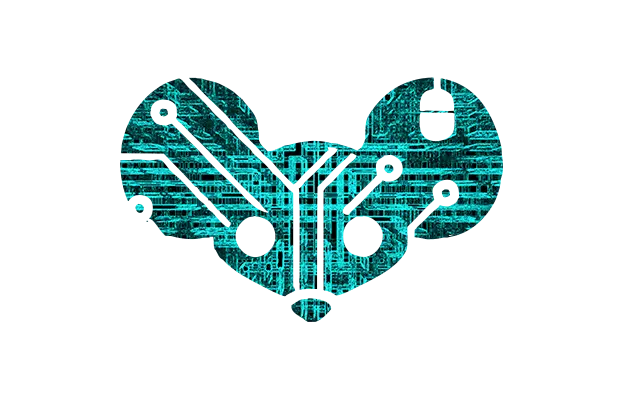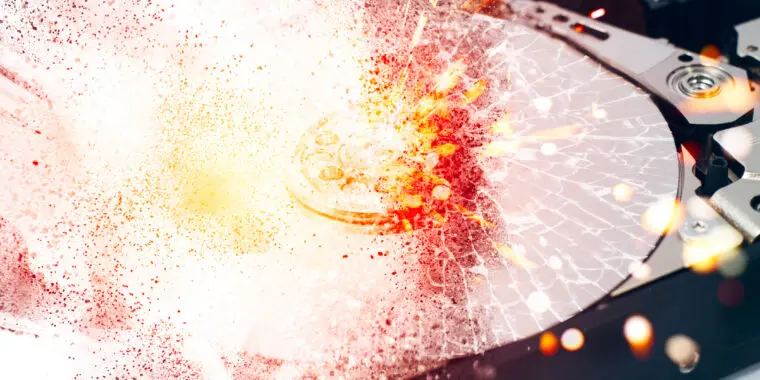My father told me he wanted to make USB flash drives of all the scanned and digitized family photos and other assorted letters and mementos. He planned to distribute them to all family members hoping that at least one set would survive. When I explained that they ought to be recipes to new media every N number of years or risk deteriorating or becoming unreadable (like a floppy disk when you have no floppy drive), he was genuinely shocked. He lost interest in the project that he’d thought was so bullet proof.



Yeah, I was going to say that we know that Ea-nasir’s copper was shitty.
Obviously not everything from 1750 BC survived, but we do know that certain mediums are more likely to stand the test of time than others. Something physical with the writing carved in? That will probably last. Something with pigment on vellum, that won’t be quite as good, but you can store a lot more information per kg. Something involving bits? That won’t last even a quarter century. Something involving bits stored using magnetism and retrieved using mechanical motion? Good luck keeping that for even a decade.
But, the thing we’ve shown will 100% stand the test of time is keeping the information flowing, though at the cost of some degradation. In the past, this was one generation telling stories to the next. When that happens, not only does the information get passed on, the language used is subtly updated in time with the evolution of the language. You don’t need to learn Akkadian cuneiform to read it, it’s available in whatever the modern language is. Similarly, if digital files keep getting passed around, it doesn’t matter if the original came on a floppy disk, and floppy disk readers are now gone. The file exists, stored in whatever medium is current. But, you get degradation with this process too. Music might be turned into mp3s with some data getting lost. Photos might be resized, cropped, recompressed, etc.
If I wanted something to be preserved exactly as-is for centuries, I’d carve it into a non-precious metal (so nobody melted it down). If I wanted something to be easily accessible for centuries, I’d try to share it as widely as possible to keep it “in motion” and in a format that was constantly up to date.